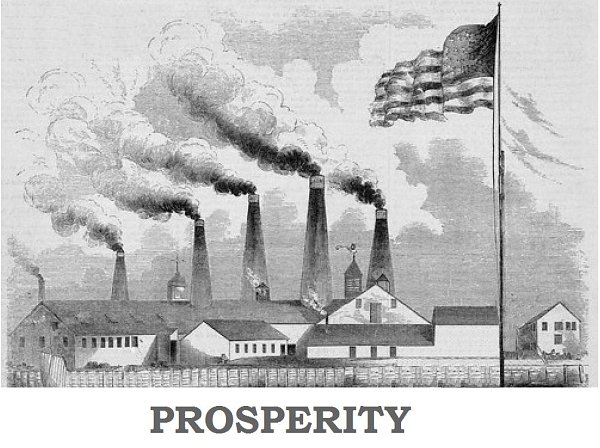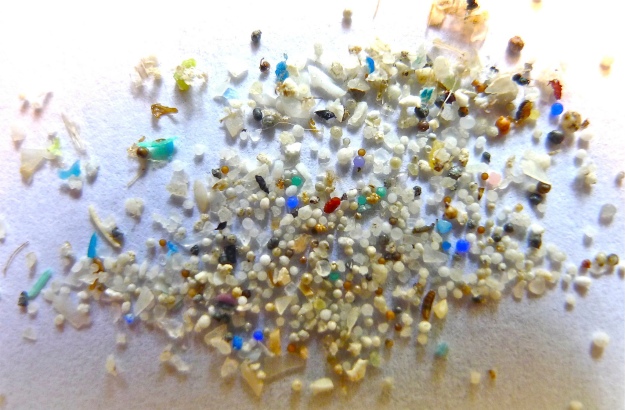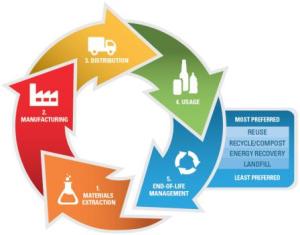A guest post by Francisca Fernandez-Piñas, Miguel Gonzalez-Pleiter, and Roberto Rosal
The following post is one of a series previewing the research that will be presented at the in Rome, Italy (13-17 May 2018).
The use of plastic materials has been increasing since the mid-20th century to reach current production volumes of more than 300 million metric tons per year. The global flow of plastic materials is still linear, which means it is not “circular,” or a closed loop that results in sustainable re-use. From manufacturing to landfilling, more than 30% of plastic materials end up leaking into the environment in an uncontrolled manner. This is particularly evident in the aquatic environment where plastic debris has been detected in increasing amounts since the 1970s. Continue reading



